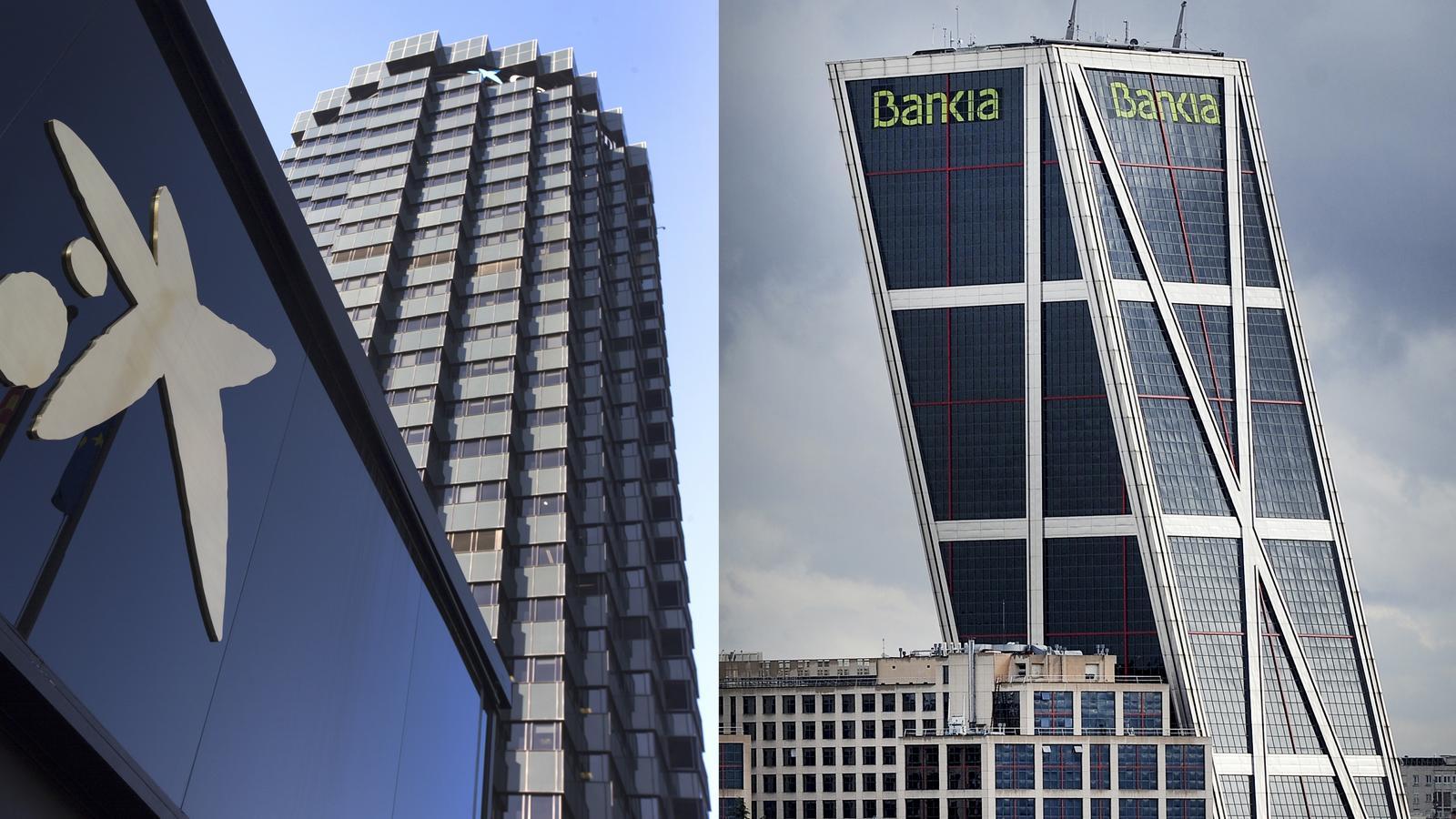CaixaBank readies merger with Bankia

This newspaper has learnt that CaixaBank and Bankia are about to announce a merger. The operation, which has been carried out with the utmost secrecy, will be the largest merger in Spain’s banking sector in many years, as two of the country’s top four banks will be merging into one. Both banks acknowledged the talks in a statement sent to Spain’s stock market supervisor at midnight. The note claims that the two banks have engaged “in talks” with a view to merging, although the deal hasn’t been finalised yet. Both banks have begun a due diligence process and have signed non-disclosure agreements to facilitate the exchange of information.
Our sources have indicated that Bankia’s chaiman, José Ignacio Goirigolzarri, would hold the same position in the new bank, whereas CaixaBank’s CEO, Gonzalo Gortázar, would remain the top executive. As a result, CaixaBank chairman Jordi Gual would presumably step down.
Nevertheless, Caixabank’s greater heft would mean that it will retain the lion’s share in the new firm: some have suggested that the La Caixa group would hold a stake of about 30 per cent. The Spanish state, which is Bankia’s main shareholder (62 per cent) would become the second largest holder in the new company, with less than 20 per cent.
When trading closed on Thursday, CaixaBank’s stock value amounted to nearly €11 billion, more than three times that of Bankia’s (€3.2 billion). Additionally, the new bank’s head office will remain in Valencia, where both banks are currently based. The plan is for the new firm to keep large territorial teams in Barcelona and Madrid, which is where CaixaBank and Bankia have kept their operational HQs. CaixaBank’s main office is located in Barcelona’s Avinguda Diagonal, whereas Bankia’s is in Madrid’s Puerta de Europa, an equally prime location.
After the news broke, Spanish government sources confirmed that —provided the boards of both banks decide to go ahead with the merger— “the State will study them in a fully objective manner”, considering “the value creation” and the capacity for the new bank to return the public funds that were used to bail out Bankia [during Spain’s recent banking crisis].
Banking trouble
For a long time now Spain’s banks have been under pressure from regulators to merge. Only this week the European Central Bank and the Bank of Spain emphasised the need for greater integration in the sector. Luis de Guindos, the vice president of the European supervisor, stated that it was “urgent” and “essential” for banks to come together, more so in the aftermath of the Covid-10 crisis. The head of the Bank of Spain, Pablo Hernández de Cos, said that mergers were “a real possibility” and that there was no risk of Spain’s banking sector becoming an oligopoly.
Considering that interest rates are at an all-time low, banks are finding it increasingly difficult to turn a profit and that is what is driving this merger. As a result, operating costs and overheads (such as staff and branches) will drop considerably, which will makes it easier for the new firm to stay profitable.
